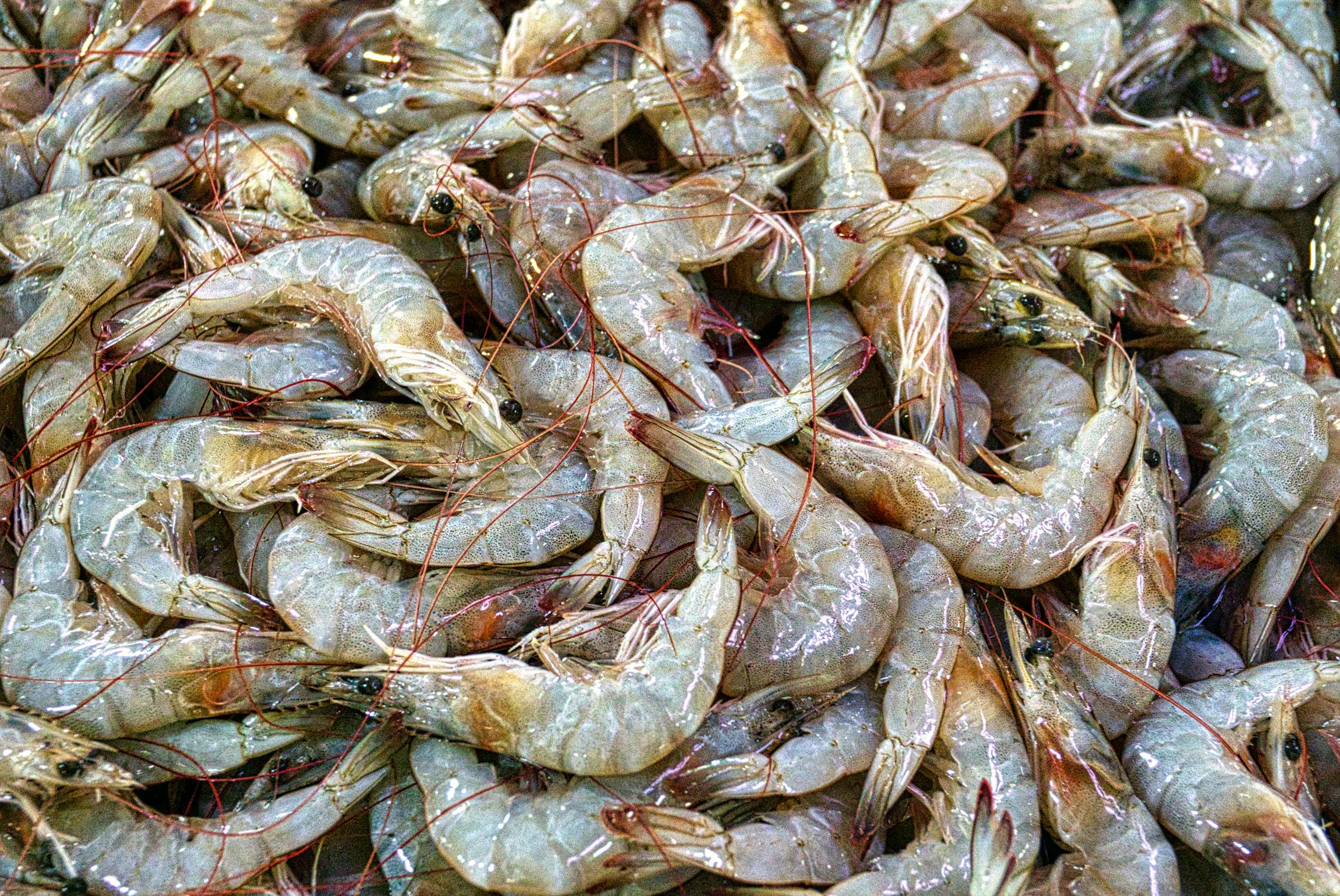Experts from Glentham Life Sciences explore chitosan’s potential applications and share what’s on offer in its chitosan product range
Chitosan, a biopolymer derived from chitin, is a material of increasing interest due to its widespread applications – from food packaging to biotechnology. It is widely available as a raw material and can be sourced from by-products of the seafood industry or extracted from fungi. Research has found that chitosan possesses many useful characteristics that make it a favorable choice over other common biopolymers.
What is chitosan?
Chitin is a linear polysaccharide consisting of repeated N-acetyl-D-glucosamine units. It provides structure and strength to the exoskeletons of shrimp and insects, the cell walls of fungi, and the internal structures of molluscs. Due to its insolubility in common solvents and relatively low reactivity, chitin is often difficult to work with and has limited applications. However, chitin can be converted into chitosan via deacetylation, a process where N-acetyl groups are removed and replaced by amino groups. Deacetylation is usually achieved by treating chitin with a concentrated alkaline solution, but there are also enzymatic methods.
The resulting chitosan is a polysaccharide consisting of both N-acetyl-D-glucosamine and D-glucosamine units and is typically soluble in acidic conditions. The degree to which the chitin has been deacetylated – otherwise known as the degree of deacetylation (DDA) – tends to be over 85% in commercially available material. This parameter has a significant effect on the properties and functionalities of chitosan.
Why is chitosan so desirable?
The amino groups created through deacetylation give chitosan many desirable features; once protonated, these groups can facilitate electrostatic interactions. This mechanism is thought to be behind one of the most interesting features of chitosan: its antimicrobial abilities. The cationic groups interact with negatively charged bacterial cell membranes, resulting in disruption of cell permeability and ultimately leading to microbial cell death
1.
These same interactions contribute to chitosan’s effectiveness as a hemostatic agent – a substance able to control and stop bleeding. The cationic groups bind with negatively charged platelets and red blood cells, encouraging their aggregation at the wound site
2. It also prompts blood clotting by hysically absorbing blood plasma, causing an increase in the concentration of clotting factors.
Another significant feature of chitosan is its biocompatibility – the ability of a substance to be in contact with a living system without causing an adverse reaction. Chitosan is non-toxic and causes minimal immune response due to its structural similarities to glycosaminoglycans – polysaccharides already present in mammal cells
3 . Chitosan also exhibits good biodegradability as a result of its structure being susceptible to enzymatic breakdown – in particular by lysozymes
3.
Current and future applications of chitosan
The combination of these features makes chitosan a great candidate for biomedical applications. There is evidence to suggest that chitosan-based dressings are beneficial to the wound healing process, and sutures coated in chitosan are being researched
3. In tissue engineering, chitosan-based scaffolds have been developed. Chitosan provides the structural integrity needed to support new tissue growth while having the benefit of eventually being degraded by the body
4. Another area of interest is chitosan-based drug delivery systems. These are formulations aiming to increase the efficacy and safety of drugs by controlling their release and would rely on chitosan’s biocompatibility and biodegradability. Three routes currently being investigated are nanoparticles, hydrogels, and transmucosal systems
5.
In the cosmetic industry, interest in chitosan and its derivatives has increased, partially due to the demand for renewable sources of cosmetic ingredients. Chitosan’s film-forming ability has a moisturizing effect on the skin, while the antimicrobial activity may double as a preservative and wound-healing ingredient
6. The food industry is investigating chitosan for use in packaging. Chitosan may extend the shelf-life of food due to its antimicrobial and antioxidant ability, and chitosan-based polymers may provide a biodegradable alternative to petroleum-based packaging
7.
The chitosan offering from Glentham Life Sciences
The length of chitosan polymers varies depending on the source and conditions of the manufacturing process. As a result, a wide range of molecular weights are available, from
ultra-low to
very high. Molecular weight affects the physical and functional characteristics of chitosan, from its solubility to antimicrobial activity, and therefore is an important parameter to monitor. The viscosity of chitosan is directly related to its molecular weight, meaning viscosity measurements can be used to calculate an average molecular weight. For this reason, viscosity is frequently included in our chitosan product specifications. As previously discussed, the degree of deacetylation also has a significant impact on the characteristics of chitosan. This parameter is reported on all chitosan product specifications.
Our core range of chitosan products are derived from shrimp shells, but chitosan of
squid and
fungal origin are also available. Chitosan's functional groups are also suited to chemical modifications, allowing for further control over characteristics like solubility and pH sensitivity. A variety of these chitosan derivatives are available in our catalog, the most popular being
chitosan oligosaccharide and
carboxymethyl chitosan.References
- https://www.sciencedirect.com/science/article/abs/pii/S0141813024051262
- https://pmc.ncbi.nlm.nih.gov/articles/PMC10342007/
- https://www.sciencedirect.com/science/article/pii/S2666893924001312
- https://www.scientific.net/KEM.342-343.181
- https://www.sciencedirect.com/science/article/abs/pii/S0014305724002441
- https://pmc.ncbi.nlm.nih.gov/articles/PMC9959028/
- https://pmc.ncbi.nlm.nih.gov/articles/PMC10004736/
Written by Bethan Wiltshire, translation by Alexander Großwieser
